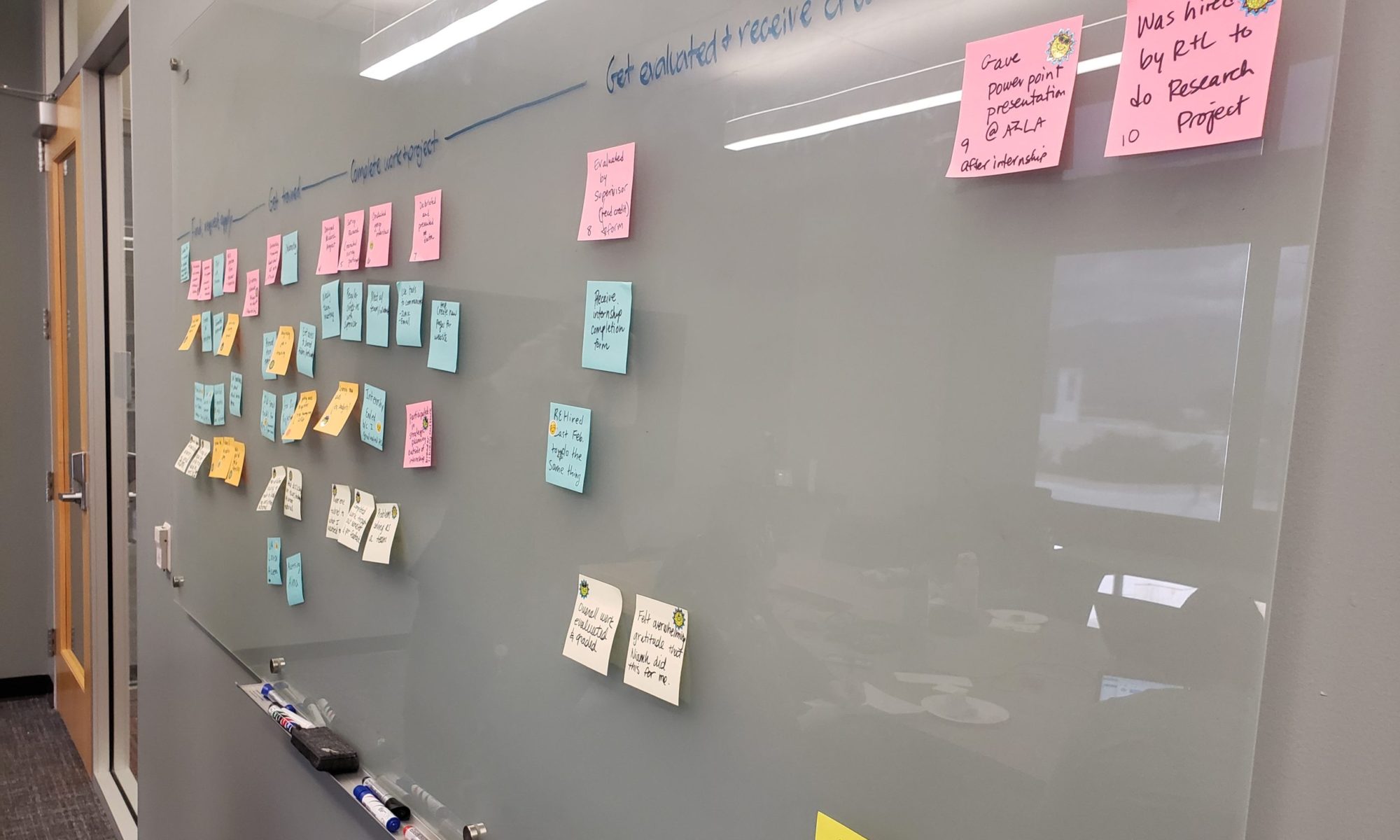
I have the pleasure of presenting for the Arizona Parks and Recreation Association this week, and wanted to share my slide deck here (or see slide deck in Google Drive). I introduce human-centered design principles and practical methods to improve services and better meet the needs of visitors.
Some key takeaways:
- Human-centered design is about creating public services around the real needs, experiences, and challenges of the people we serve — not around the policies that mandate them, the systems that deliver them, or the staff who provide them.
- Gather community feedback on all things at all stages and from all levels, no matter your day-to-day jobs. Start with community needs, get feedback early and often, and then iterate, iterate, iterate.
- Get out there to learn what’s working and what’s not:
- Solicit feedback from the public through user interviews, impression testing, and preference testing
- Run surveys and focus groups if you like, but follow best practices to avoid survey fatigue and groupthink
- Observe user behaviors through ethnograph-ish research, usability testing, and wayfinding testing
- Do the thing yourself by putting yourself in the user’s shoes
- Follow good design principles:
- Be welcoming, familiar, and simple to use with few steps
- Make it easy for people to complete their goals
- Encourage the right behaviors from visitors while keeping it human
- Provide help when people need it and have no dead ends
- Keep it lightweight and low budget:
- Solicit feedback on the fly by intercepting passersby in busy locations
- Recruit people in the field and where they are
- Run talk-back boards to passively gather feedback on a regular basis
- Follow recipes in The UX Cookbook
Government agencies are under increased scrutiny at all levels, and must demonstrate their value and impact now more than ever. By incorporating efficient feedback mechanisms into to our everyday work and fostering human-centered cultures within our organizations, we can better meet our public service missions and serve our communities.






